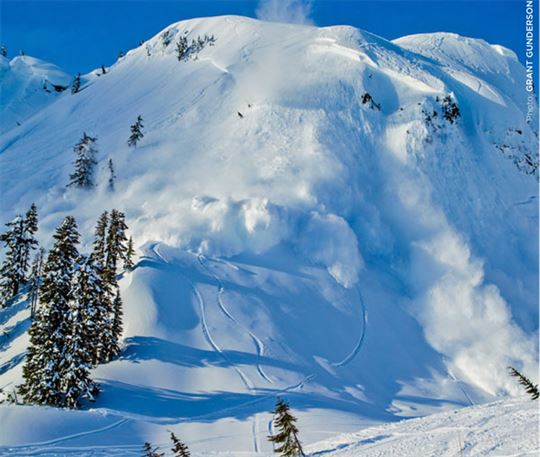The Colorado Supreme Court in May ruled 5-2 that avalanches are an inherent risk of skiing. This ruling upheld the state’s Ski Safety Act that puts a $250,000 cap on liability to ski areas in the event of accident or incident within ski area boundaries.

The case was brought by the wife of a skier killed in an inbounds avalanche at Winter Park and centred on the fact that avalanches are not mentioned specifically in the Act. The lawyers for the defence argued that the descriptions of changing snow conditions, steepness of terrain, variable weather etc. are all elements that combine to create avalanches. Ultimately the court agreed that the wording contained in the Act, “snow conditions as they exist, or may change,” was enough to include the risk and possibility of avalanche.
Interpreting the implications of this ruling, as it applies to slopes north of the border, is another story. John Heshka, associate dean of law at Thompson River University in Kamloops and published author in the field of risk in adventure tourism, feels the ruling was State-specific, noting that the Act only applies to Colorado. Canada has no similar law or liability cap at the Provincial level. The vehicle of protection for ski operators in this country is generally the waiver process that is in place upon purchase of a lift ticket or season pass.
Heshka also noted that perhaps the closest challenge to the Colorado suit was the case of a Quebec couple lost while skiing off-piste beyond Kicking Horse in Golden, B.C. That suit named the resort, RCMP and local Search and Rescue. Gilles Blackburn, the surviving spouse and plaintiff in the case, settled for an undisclosed amount and no fault was proven in court.
The idea that Canadian resorts are immune to inbounds avalanches is not realistic; just ask Josh Foster, ski school director at Big White. In January 2008 Foster witnessed firsthand the speed at which a ski day can go from all-good to not-at-all-good. He was riding the Cliff Chair, above Parachute Bowl, when he witnessed a large slab release. As one of the first on scene, he alerted ski patrol and then reacted to what he had just witnessed, beginning a hasty search for the six skiers he counted on-slope when the slide released.
The aftermath and investigation of the slide found that the cause was an early-season weak layer buried deeply in the snowpack. Conditions were not out of the ordinary for a slope to be open to the public, also the response time and preparedness of the ski patrol was well within industry expectations.
The bottom line is that as our industry continues to see “slackcountry” and “sidecountry” as growth markets (consider most resorts’ marketing materials, and the plethora of freeride and hybrid touring gear being sold), resorts will need to maintain a high level of readiness to respond if necessary. More important, though, is will skiers themselves take responsibility for their actions—and possible consequences? Hope remains there is a direct correlation between the number of fat skis sold and sales of transceivers, shovels, probes and enrolment in avalanche awareness courses.